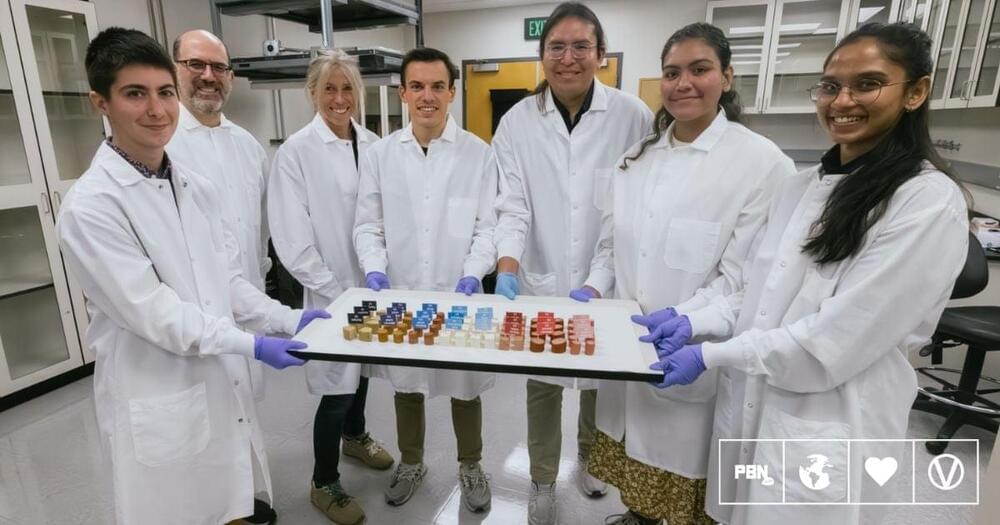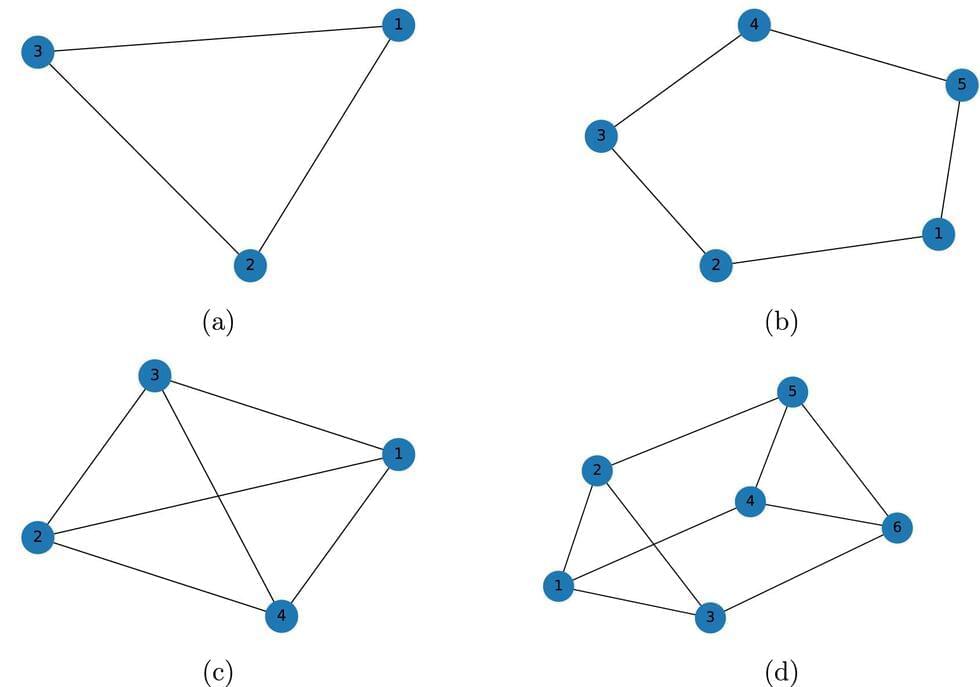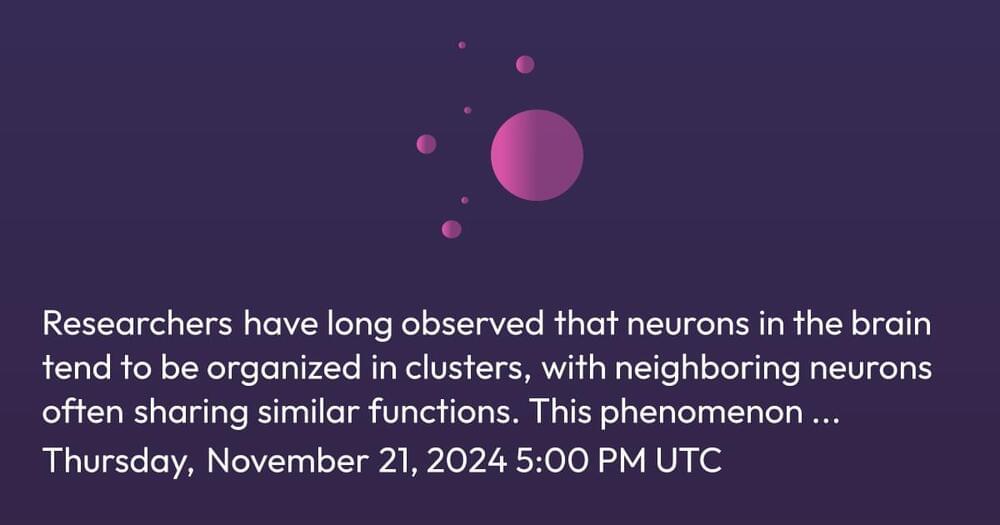Visual scans of the world have helped Niantic build what it calls a “Large Geospatial Model.”



From repairing deadly brain bleeds to tackling tumors with precise chemotherapy, micro/nano-robots (MNRs) are a promising, up-and-coming tool that have the power to substantially advance health care. However, this tool still has difficulty navigating within the human body—a limitation that has prevented it from entering clinical trials.
Mathematical models are crucial to the optimal design and navigation of MNRs, but the current models are inadequate. Now, new, promising research from the University of Saskatchewan (USask) may allow MNRs to overcome the limitations that previously prevented their widespread use.
USask College of Engineering professor Dr. Chris Zhang (Ph. D.) and two Ph.D. students (Lujia Ding, N.N Hu) along with two USask alumni (Dr. Bing Zhang (Ph. D.), Dr. R. Y. Yin (Ph. D.)) are the first team to develop a highly accurate mathematical model that optimizes the design of MNRs which improves their navigation, allowing them to travel efficiently through the bloodstream. Their work was recently published in Nature Communications.

Scientists are combining AI machine learning with mechanical testing to improve plant-based meat.
By Adam Protz

Okay everyone is stressing about filing taxes. However new tools to help you have been developed. Artificial Intelligence is one. There are many tools out there. Here is one. Just do some research and pick the best tool for you.
AI-powered tax assistant for accountants & tax pros. TaxGPT co-pilot boosts productivity by 10x. Secure & accurate. Save time and streamline operations.
Flying with Photons: Rendering Novel Views of Propagating Light https://arxiv.org/abs/2404.
Close your eyes and picture the iconic “bullet time” scene from “The Matrix”—the one where Neo, played by Keanu Reeves, dodges bullets in slow motion. Now imagine being able to witness the same effect, but instead of speeding bullets, you’re watching something that moves one million times faster: light itself.
Computer scientists from the University of Toronto have built an advanced camera setup that can visualize light in motion from any perspective, opening avenues for further inquiry into new types of 3D sensing techniques.
The researchers developed a sophisticated AI algorithm that can simulate what an ultra-fast scene—a pulse of light speeding through a pop bottle or bouncing off a mirror—would look like from any vantage point.

New research from the University of Kent has demonstrated that quantum information could eventually be used to coordinate the actions of devices that can move, such as drones or autonomous vehicles. This could lead to more efficient logistics, which could make deliveries cheaper, and better use of limited bandwidth for the likes of self-driving cars.
By carrying out “real world” experiments on a quantum computer, the team of quantum physicists (led by Ph.D. student Josh Tucker in the University of Kent’s School of Physics and Astronomy), found that if the two devices share a pair of quantum coins (qubits), the devices can continue to influence each other even after they have been separated and can no longer communicate.
The experiments simulated the phenomenon using real qubits inside a quantum computer developed by IBM. The qubits are made of superconducting material and kept at temperatures colder than the interstellar void. This allows them to behave according to the laws of quantum physics that defy common sense—including the ability to influence each other without coming into contact and without sending signals.

Amid heated debates about the potential pitfills of artificial intelligence, the technology has finally taken a form we can probably all get behind — an “AI granny” created expressly to waste scammers’ time.
British telecom company Virgin Media O2 on Thursday introduced Daisy, a custom-made human-like chabot that answers calls in real time, keeping fraudsters on the phone as long as possible in a bid to annoy and frustrate them, just as they do to consumers worldwide. Daisy (that’s “dAIsy”) automates the practice of “scambaiting,” which involves people posing as potential victims to squander scammers’ time and resources, publicly expose their wily ways, gather information useful to law enforcement and even confuse the con artists’ devices.
Daisy, newly dubbed O2’s “head of scammer relations,” impersonates an older adult, making her part of a demographic that’s particularly vulnerable to scams. Unlike human scambaiters who need to sleep and shower once in a while, Daisy can spend all day and night on the phone with swindlers. “While they’re busy talking to me they can’t be scamming you, and let’s face it, dear, I’ve got all the time in the world,” Daisy says in the introductory video from O2 embedded below. The video personifies her as a photorealistic AI-generated woman with gray hair, glasses and pearls talking on a pink landline.

Join us at ploutos.dev.
#AI #topology #language #computation #neuroscience
Researchers have long observed that neurons in the brain tend to be organized in clusters, with neighboring neurons often sharing similar functions. This phenomenon is also seen in the brain’s language system, where certain areas respond to different aspects of language, such as syntax (sentence structure) or semantics (meaning). However, the exact mechanisms behind this organization remain a mystery.
In an attempt to better understand how the brain organizes language processing, the researchers developed TopoLM, a new type of AI language model inspired by the brain’s spatial layout. Unlike traditional language models, TopoLM arranges its processing units in a two-dimensional space, mimicking how neurons are arranged in the brain. It combines a standard language task (predicting the next word in a sentence) with an additional goal: encouraging units that are close together in space to also have similar functions, creating clusters of units that process similar linguistic information.
The result is a model whose internal organization closely mirrors the way the human brain organizes language. TopoLM successfully predicts the emergence of clusters in the brain’s language system, reflecting the same fine distinctions between different linguistic features observed in humans. This suggests that the brain’s language processing might be driven by a unified spatial principle, and TopoLM provides a new way to model how our brains process language both functionally and spatially.
Speakers: Cecile Tamura, Johannes Mehrer, Riju Pahwa

New tool boosts robot gaits, enhancing speed and efficiency for quadrupeds.
This tool harnesses natural oscillations to improve robot movement, enabling a quadruped to achieve faster, efficient, and dynamic gait.